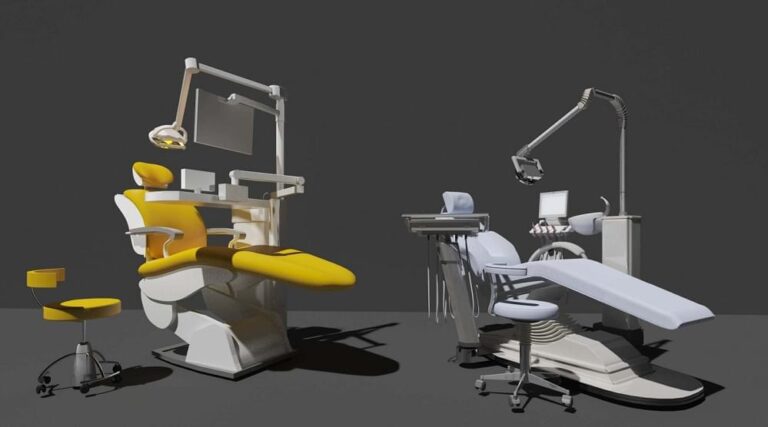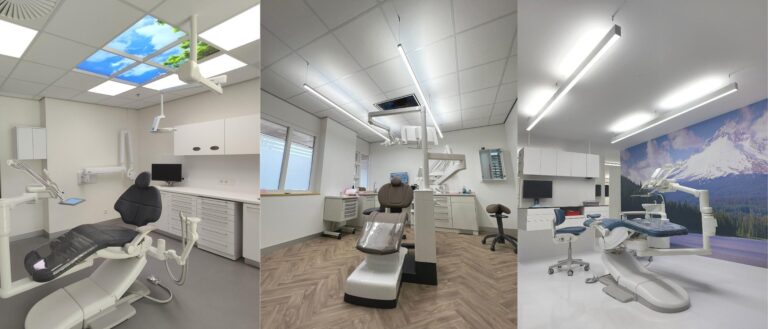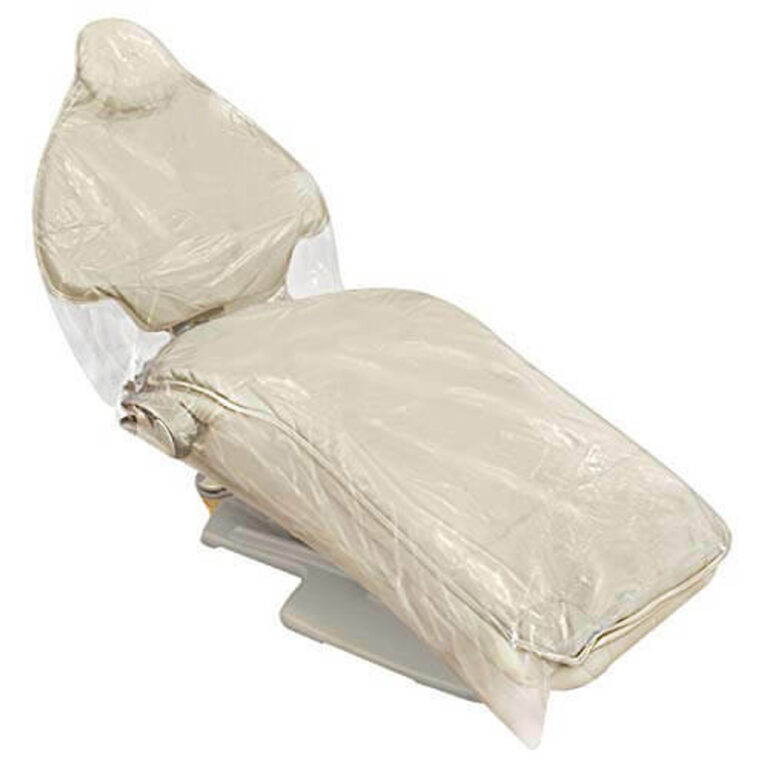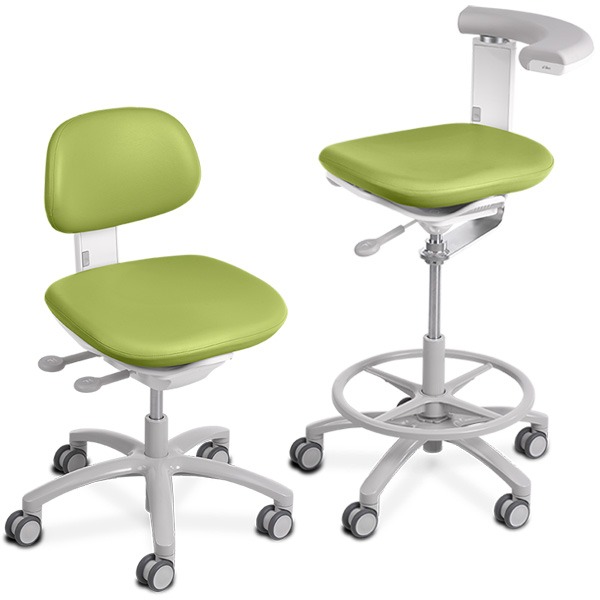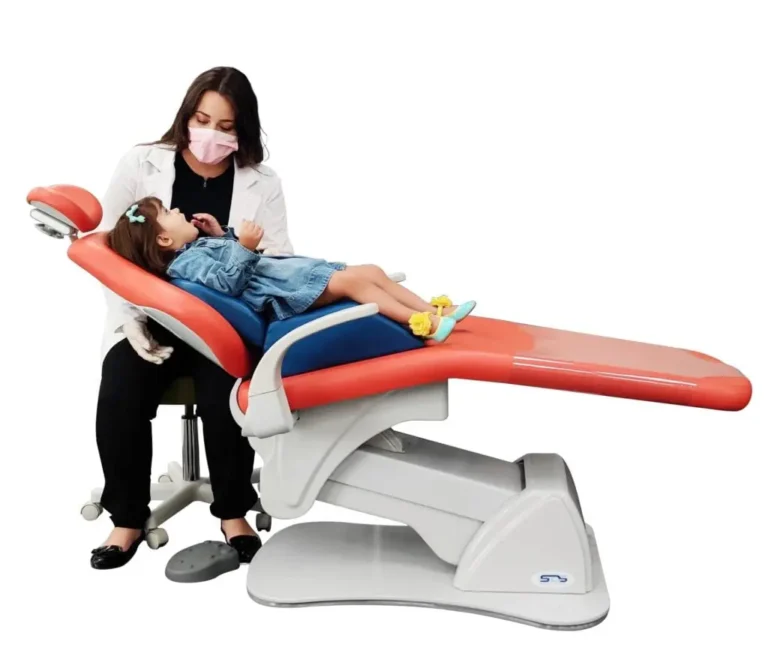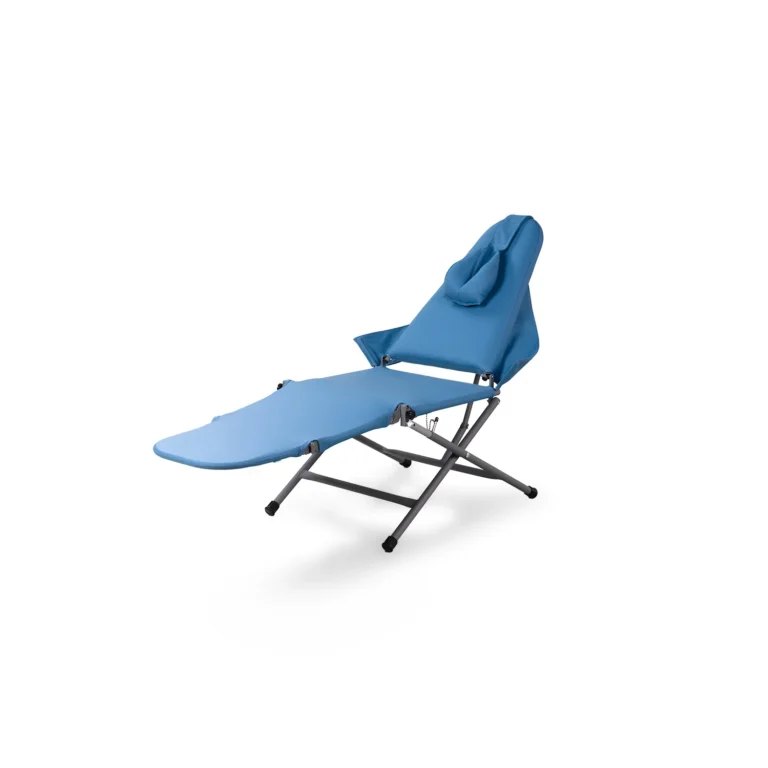A dental chair serves as the centerpiece of any dental operatory, providing essential support for optimal patient positioning and practitioner ergonomics during procedures. As such, the upholstery covering a dental chair’s surfaces plays a crucial role in infection control, durability, and overall appearance. When considering reupholstering your existing chairs or purchasing new ones, understanding materials, installation options, maintenance needs, and leading brands helps ensure the best long-term investment.
Identifying Your Existing Dental Chair
The starting point for any reupholstery project involves identifying key details about your current dental chair or chairs. Documenting the make, model, and serial number provides technicians with specifications for replacement parts and proper fitting upholstery materials during repairs or upgrades. If easily accessible, the manufacturer manuals for your chairs also supply useful reference material for service providers.
When labels are missing or hard to locate, taking clear photographs captures distinguishing features, dimensions, and configurations helpful for identification. Technicians can use these visual details to pinpoint the closest upholstery replacement options suited to your chair’s structures. Close-up images of areas with damage or wear further aid the work proposal and repair process.
Once you’ve gathered the pertinent identifying details for your existing dental chairs, this information allows upholstery companies to determine project scope, provide accurate quotes, and deliver custom solutions tailored to your specific equipment. For a comprehensive guide on maintaining your dental chair for optimal performance and longevity, refer to our article on essential care and servicing tips for your dental chair.
Upholstery Material Options
The upholstery material covering dental chairs must balance aesthetics, comfort, and performance. Premium materials not only enable chairs to withstand frequent use and cleaning in a clinical setting but also create an inviting environment for patients. When selecting upholstery fabrics, key considerations include:
Durability
Upholstery materials safe for dental use feature durable construction and protective treatments to resist staining, abrasions, cracking and punctures through years of use. Marine-grade vinyls withstand frequent disinfecting while still offering supple cushioning. Faux leathers like Ultraleather consist of tightly-woven fibers that maintain softness despite scrubbing. Obtain samples to assess the feel and quality firsthand before committing to a fabric.
Ease of Cleaning
The ideal dental upholstery allows quick wiping down between patients or thorough disinfecting at days’ end without damage. Non-porous vinyls simply require wiping with neutral cleaners while faux leathers involve gentle scrubbing. Some vinyls also come pre-treated with antimicrobial and stain-resistant topcoats to further simplify cleaning. Avoid fabrics that require special solvents or bleach that might fade or degrade the material. For detailed instructions, see our guide on how to properly clean and disinfect your dental chair.
Aesthetics
While dark neutral solids hide wear best, today’s upholstery options allow matching dental chairs to office décor for a polished look. Beyond standard color choices, many companies offer custom patterns and logos integrated directly into the fabric. Additionally, piping and accent stitching lends a tailored, upscale appearance.
Comfort
The contours and cushioning of dental chair upholstery provide ergonomic support for patients during procedures while also allowing practitioners proper positioning. Foams and fill offering lumbar and neck support prevent strain. Upholstery with some give allows for adjustment while still providing stability. Test out samples to evaluate comfort. Explore the impact of dental chair positions on clinical practice to understand the significance of ergonomic design.
Cost
On average, expect to invest $500 to $1000 to reupholster a dental chair with standard vinyls or faux leathers, with more dramatic customization adding to the price. While initial cost is a factor, considering total cost over the lifetime use of the dental chair makes materials with better durability and easy maintenance worthwhile, even when pricier upfront. Compare top dental chair brands to find the best value for your budget and needs.
Installation Approaches
Once you select upholstery materials, determining the best installation method requires balancing office productivity with the scale of customization needed. The three main approaches include:
On-Site Reupholstery
For minor touch ups or quick turnaround, technicians can perform on-location installation without needing to take dental chairs offsite. This allows for faster service with minimal impact on your practice. However, extensive reupholstery is difficult on-site and offers fewer customization options. Best for minor repairs only.
Off-Site Reupholstery
For major overhauls or highly customized work, off-site reupholstery allows for full access to dental chairs in shop environments where technicians can devote more time and materials to projects. The tradeoff is temporarily having equipment out of commission. Plan accordingly if sending all operatory chairs out simultaneously.
Core Cushion Swaps
For streamlined reupholstering with less disruption, some dental chair manufacturers offer replacement “core” cushions that integrate all essential upholstered components in a single prefabricated module. Technicians simply detach old cores and install new ones with fresh, factory-approved materials and customizations in just a few hours. This hybrid approach means less down time than full reupholstery.
Evaluate how extensively you want to refresh your dental chairs as well as your capacity to have equipment temporarily out of service before deciding on the best installation method for new upholstery materials. Refer to our comprehensive dental chair reupholstering and maintenance guide for more insights.
Ongoing Protective Care
Investing in quality dental chair upholstery materials and proper installation sets the stage for longevity, but regularly caring for and maintaining upholstery is equally essential. Follow manufacturer guidelines for approved cleaners and disinfectants as well as frequency and techniques to prevent premature damage or fading. Using barrier covers over upholstery between dental patients helps minimize the need for harsh chemicals too.
Beyond day-to-day cleaning, developing professional dental chair maintenance habits preserves upholstery further:
Annual Technician Inspections
Most upholstery companies recommend annual technician visits to evaluate wear and identify needed repairs early on. A trained eye spots subtle changes in condition not obvious to daily users of equipment. Preventative maintenance means achieving full lifespan from your upholstery investment.
Protective Treatments
Many vinyls and faux leathers come pre-treated with antimicrobial, stain-resistant and soil retardant finishes; however, these coatings gradually wear off over initial years of use. Reapplication protects against buildup in the short and long term, guarding against discoloration.
Scheduling proactive cleanings, repairs and protective upgrades every year better maintains your upholstery investment as opposed to waiting for visible signs of damage. Explore our dental chair maintenance 101 tips to extend the life of your investment.
Key Brands
Industry leaders for dental chair upholstery offer extensive customization and durability:
- Naugahyde – This company patented the first synthetic “no-fail” vinyl in the 1960s. Today, Naugahyde upholstery leads in stain resistance and ease of repair with options like BeautyGuard vinyl designed specifically to withstand repeated cleaning.
- Boltaflex – Boltaflex upholstery vinyl contains built-in protection against abrasions, punctures, and rips. It offers a supple texture, vibrant colors, and custom logos meet dental offices’ infection control needs and aesthetic preferences.
- Ultrafabrics – Specializing in faux leather, Ultrafabrics manufactures the Ultraleather brand consisting of finely woven polyurethane with a natural look and inviting feel. It comes backed with a moisture barrier allowing vigorous disinfecting without seepage into chair cushioning.
Evaluating the reputations, materials, and warranties offered by companies like these ensures you invest in durable, high-performance upholstery for the demanding dental environment. Refer to our guide on 5 essential features to look for when buying a dental chair to make an informed decision.
Reupholstering dental chairs allows for complete refreshment of worn materials for enhanced infection prevention, easier cleaning, and improved ergonomics. Following proper selection, installation and maintenance protocols enables upholstery materials to remain in excellent condition for years of daily use. Consult technicians early on for professional insights and services regarding your existing dental chairs. Protecting your upholstery investment in turn safeguards overall patient care and office functionality. For more information on optimizing your dental practice, explore our article on maximizing dental treatment efficacy.
What is dental chair upholstery?
Dental chair upholstery refers to the material that covers the dental chair, providing comfort for the patient. It’s often attached to the foam of the chair to maintain its curves and contours. The upholstery can be made from various materials, including vinyl and leather.
Why is dental chair upholstery important?
Dental chair upholstery is important as it contributes to the comfort of the patient during dental procedures. It also plays a role in the overall aesthetics of the dental office, and can be a factor in a patient’s perception of the practice.
How can I maintain my dental chair upholstery?
When should I consider reupholstering my dental chair?
Consider reupholstering your dental chair when the upholstery shows signs of wear and tear, such as cracks, tears, or stains. If the chair’s controls are functioning normally and it’s in sound mechanical shape, reupholstering can make it look new again.
What are the options for reupholstering a dental chair?
Options for reupholstering a dental chair include purchasing a set of the manufacturer’s factory replacement cushions, doing it yourself if you have the necessary skills and tools, or hiring a local dental and medical upholstery repair specialist. Each option has its pros and cons, so it’s important to choose the one that best suits your needs and budget.

